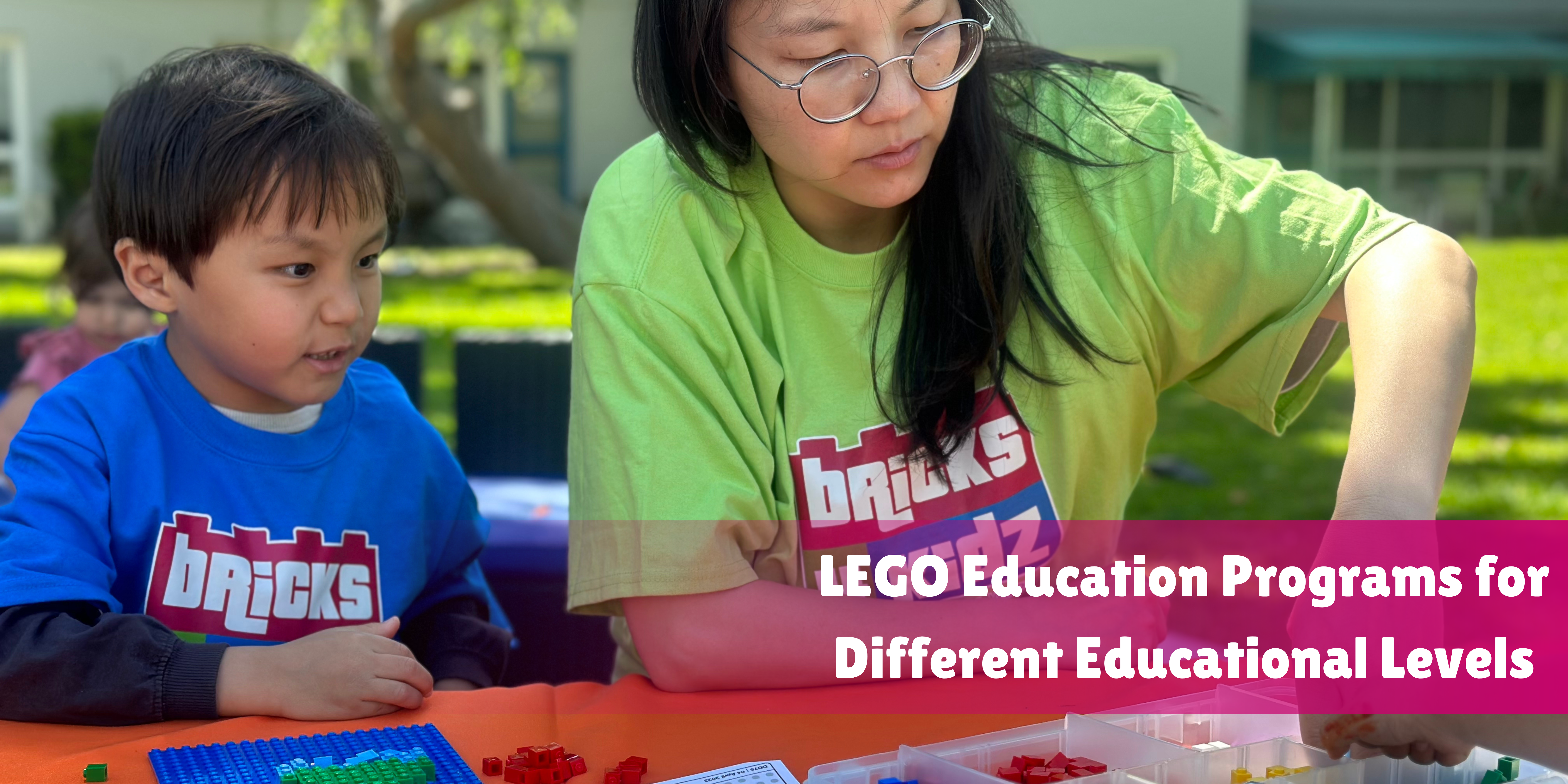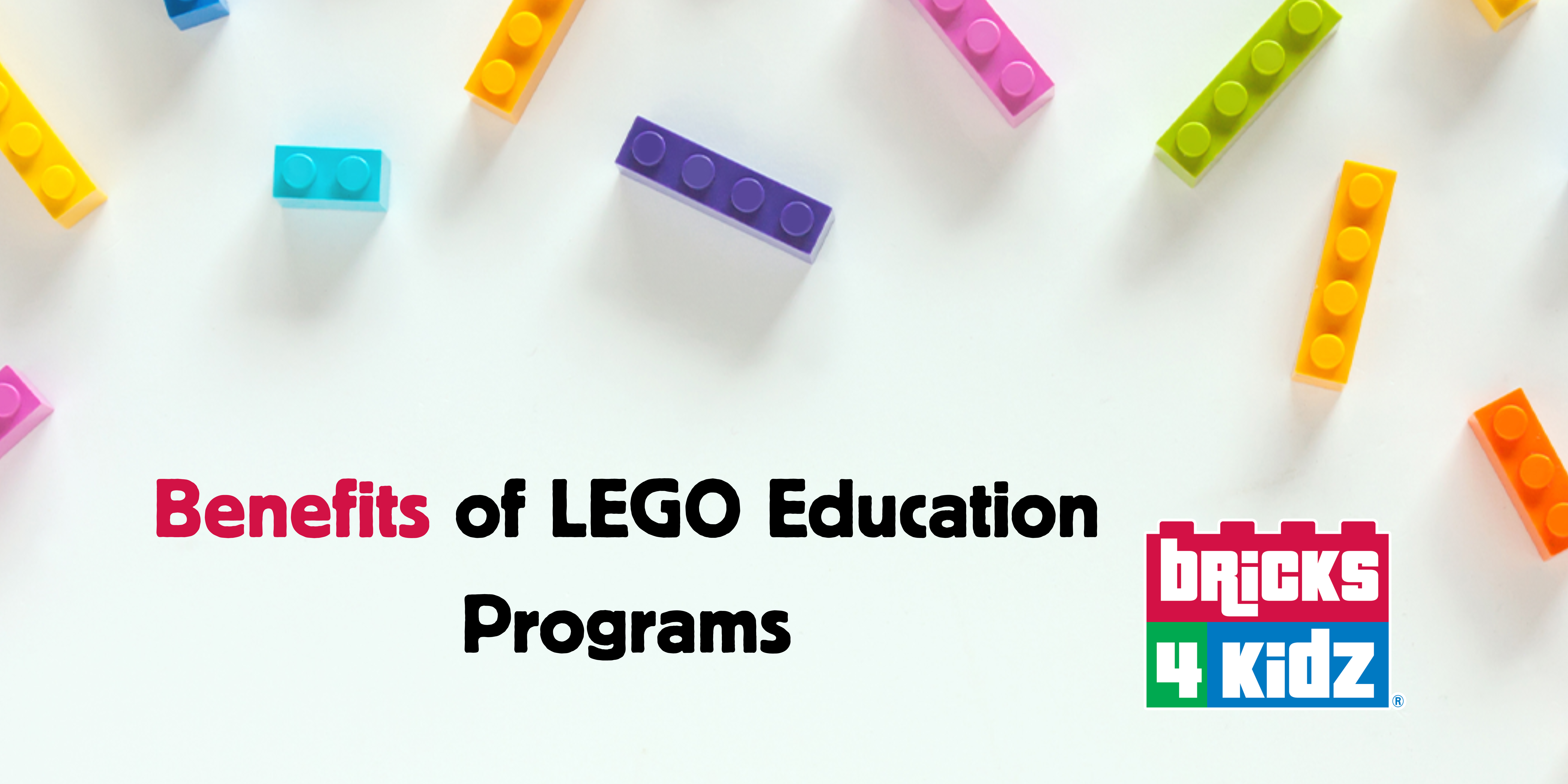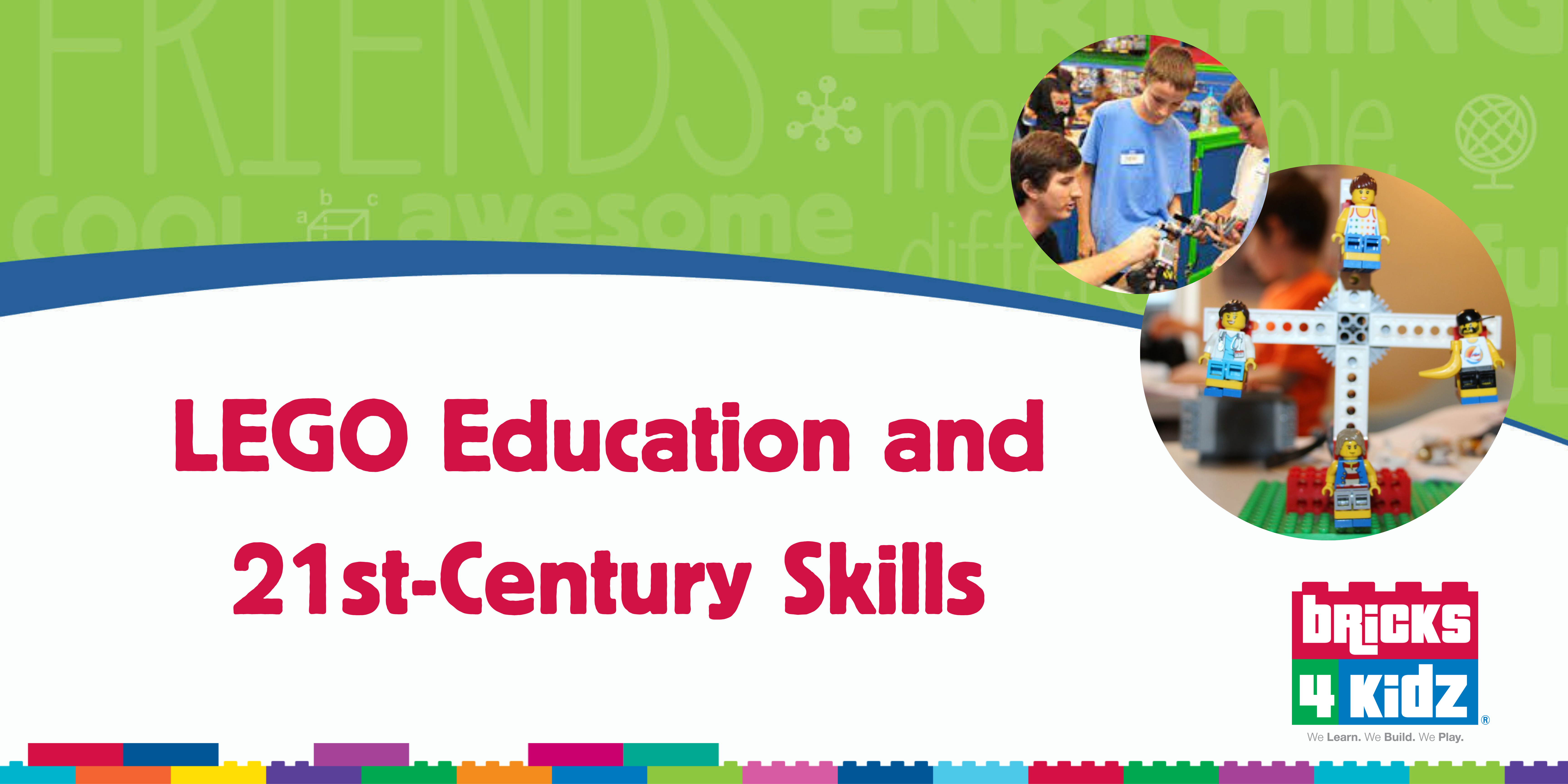In today’s rapidly evolving world, STEAM education plays a critical role in preparing students for the future. One approach that has gained significant popularity is LEGO Education programs, which combine the power of play and hands-on learning to ignite students’ interest in science, technology, engineering,Arts, and mathematics (STEaM). In this article, we will explore the impact of LEGO Education programs on STEAM education, highlighting the benefits of hands-on learning experiences and the relevance of LEGO in fostering student engagement and success.
II. The LEGO Education Approach to STEAM Education
LEGO Education programs are built on the philosophy that students learn best through hands-on experiences. By integrating STEAM concepts into engaging projects and challenges, LEGO Education provides students with opportunities to explore, create, and problem-solve. The programs focus not only on subject knowledge but also on developing critical thinking, collaboration, and creativity—essential skills for success in the 21st century.

III. LEGO Education Programs for Different Educational Levels
LEGO Education offers programs tailored to different educational levels, ensuring that students from early learning to middle and high school can benefit from hands-on STEAM experiences. Early learning programs introduce young children to STEM concepts through play-based activities, nurturing their curiosity and laying a strong foundation for future learning. For example, the LEGO Education STEAM Park set allows preschoolers to explore concepts like balance, motion, and cause and effect through hands-on building. Elementary school programs build upon this foundation by engaging students in interactive projects that promote critical thinking and problem-solving. The LEGO Education WeDo 2.0 set, for instance, introduces elementary school students to coding and robotics, allowing them to design and program their own creations. Middle and high school programs take students to the next level, challenging them with advanced STEAM concepts and encouraging collaboration and creativity through hands-on challenges. The LEGO MINDSTORMS Education EV3 set is a popular choice for this age group, providing opportunities to design and program advanced robots.
IV. LEGO Education Sets and Resources
LEGO Education sets are specifically designed to support STEAM learning. These sets cover a wide range of disciplines, including robotics and coding, engineering and design, and science and math. For example, the LEGO Education SPIKE Prime set enables students to build and program their own robots, combining engineering and coding skills. In addition to the sets, LEGO Education provides comprehensive resources for educators, including curriculum materials, lesson plans, and professional development opportunities. These resources support teachers in effectively integrating LEGO Education into their classroom instruction, ensuring that students have a cohesive and enriching learning experience.

V. Benefits of LEGO Education Programs
One of the key benefits of LEGO Education programs is their ability to promote active and hands-on learning. By engaging students in interactive projects and challenges, LEGO Education programs foster deeper understanding and long-lasting knowledge retention. Through exploration and experimentation, students develop critical thinking and problem-solving skills, applying STEAM concepts in real-world contexts. Moreover, the collaborative nature of LEGO Education programs enhances teamwork and communication skills, preparing students for success in future endeavors.
VI. Case Studies: Success Stories of LEGO Education Programs
Numerous schools and educators have implemented LEGO Education programs and witnessed remarkable outcomes. For example, at ABC Elementary School, the introduction of LEGO Education in the science curriculum resulted in a significant increase in student engagement and enthusiasm for STEAM subjects. Students became more motivated to explore scientific concepts and demonstrated improved academic achievements. Testimonials from students, parents, and educators highlight the transformative effect of hands-on learning experiences, with students expressing increased confidence, curiosity, and passion for STEAM.
VII. Implementing LEGO Education Programs in Schools
To effectively implement LEGO Education programs, schools need to plan and integrate them into the curriculum. This involves aligning the programs with educational standards and learning objectives, identifying opportunities for cross-curricular integration, and creating a supportive learning environment that encourages student participation and creativity. Educators can start by mapping out how LEGO Education programs align with their curriculum goals and standards. By identifying relevant topics and learning outcomes, they can integrate LEGO activities into their lesson plans seamlessly.
Furthermore, educators can identify opportunities for cross-curricular integration, allowing students to make connections between different subjects. For example, a physics lesson on simple machines can be reinforced through a LEGO engineering project that involves building and testing various mechanisms. This interdisciplinary approach not only deepens students’ understanding but also showcases the interconnectedness of STEAM disciplines in real-world contexts.
Providing training and support for educators is crucial for successful implementation. LEGO Education offers professional development opportunities for teachers, equipping them with the knowledge and skills necessary to facilitate engaging and effective learning experiences. Teachers can learn about instructional strategies, classroom management techniques, and effective ways to incorporate LEGO Education sets and resources into their teaching practice.

VIII. LEGO Education and 21st-Century Skills
LEGO Education programs go beyond teaching subject-specific knowledge; they also develop essential 21st-century skills that are highly valued in today’s workforce. Critical thinking, problem-solving, and creativity are nurtured through hands-on challenges and open-ended projects. Students are encouraged to think critically, analyze problems from multiple perspectives, and come up with innovative solutions. These skills are not only applicable to STEAM fields but also transferable to various aspects of life.
Collaboration, communication, and digital literacy are also fostered through LEGO Education programs. Students often work in teams to complete projects, enhancing their collaboration and communication skills. They learn to listen to others, express their ideas effectively, and work towards a common goal. Additionally, many LEGO Education sets and resources incorporate technology, enabling students to develop digital literacy as they utilize coding and programming to bring their creations to life.
By emphasizing these 21st-century skills, LEGO Education programs help students develop the competencies required for future careers. As technology continues to advance and new challenges arise, the ability to think critically, work collaboratively, and adapt to change becomes increasingly important. LEGO Education equips students with these foundational skills, nurturing their passion for lifelong learning in STEAM.
IX. Conclusion
LEGO Education programs have proven to be powerful tools in igniting students’ interest and success in STEAM education. Through hands-on learning experiences, students are engaged, challenged, and inspired to explore the world of science, technology, engineering, arts, and mathematics. The benefits of LEGO Education programs extend beyond subject knowledge, fostering critical thinking, problem-solving, collaboration, and creativity—the skills needed to thrive in the 21st century.
As schools and educators embrace LEGO Education programs, students are provided with a dynamic learning environment that promotes active participation and empowers them to become lifelong learners. By integrating LEGO Education into the curriculum, schools are equipping students with the skills and mindset necessary to navigate the challenges of an ever-changing world. With LEGO Education, STEAM education becomes an exciting and meaningful journey that sparks curiosity, nurtures creativity, and prepares students for a bright future.